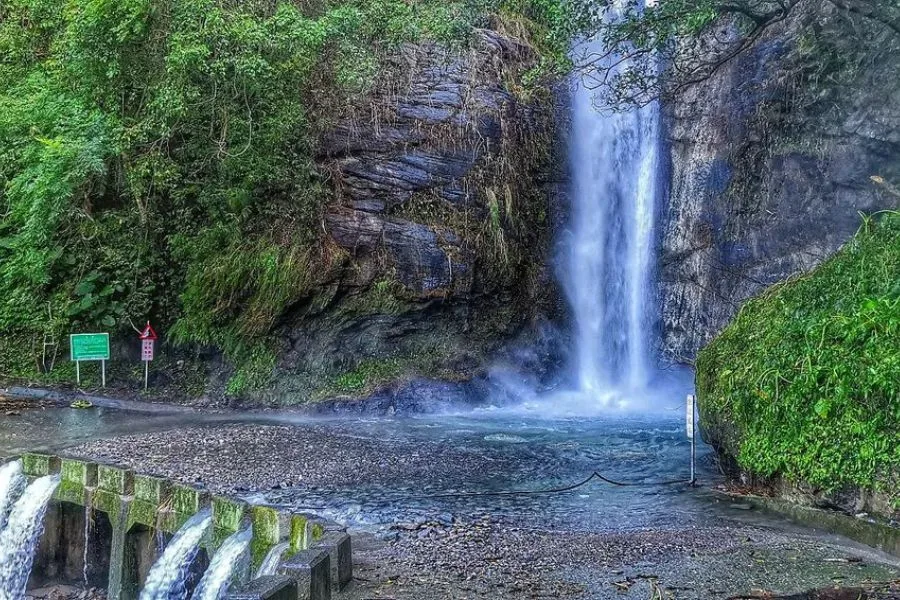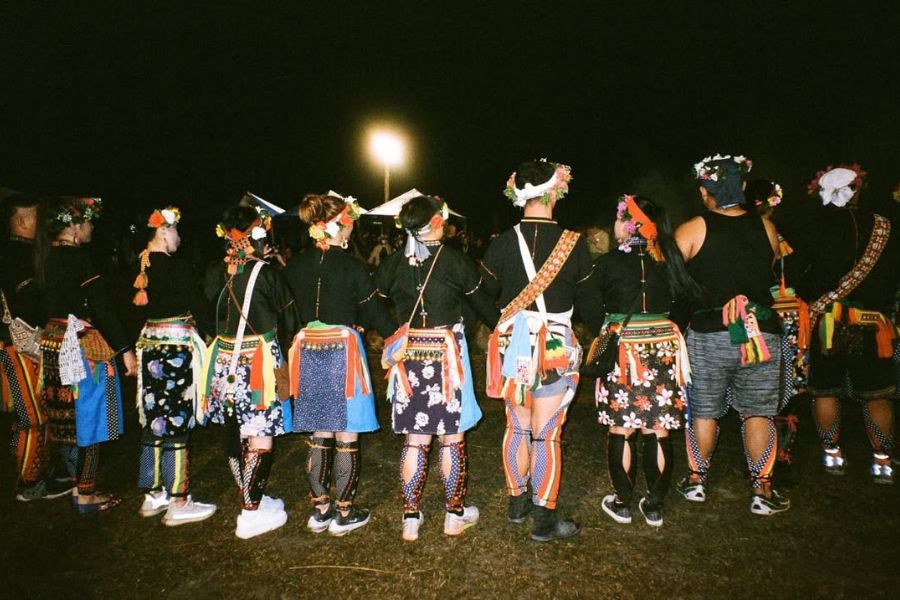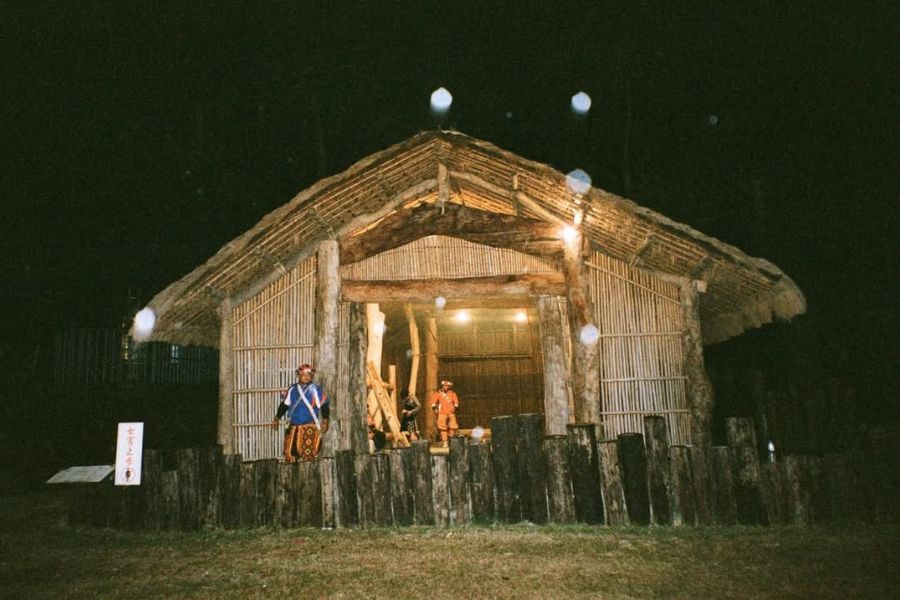Beinan Township borders Taitung City and boasts a prime location with both convenient transportation and rich natural resources. Chulu Ranch, with its vast grasslands and Holstein dairy cows, is a family-friendly outdoor destination. Zhiben Hot Springs, known for their high-quality alkaline bicarbonate waters, are a popular spot for relaxation, especially when paired with nearby attractions like the forest park and Baiyu Waterfall. Geological formations such as the Liji Badlands and Little Huangshan make excellent sites for geological research and ecological observation. The Fushan–Shanyuan Marine Conservation Area preserves a pristine intertidal zone and features trails for observing marine life up close. Beinan is also home to several Indigenous villages. In spring, cherry and apricot blossoms bloom across the forests, where natural beauty and cultural heritage merge to reveal Beinan’s unique vitality.

(Photo credit: @neolu4444)
The name Beinan originates from the Beinan word “Puma”, meaning “respectful address,” in honor of the 19th-century Beinan chieftain Pinara, who was celebrated for his wisdom in governance, establishing social systems, and at one time ruling the entire Taitung Valley as a legendary figure. The term “Punuyuma” means “to gather and unite,” which later evolved into the ethnonym “Puyuma”, symbolizing cohesion and autonomy.

(Photo credit: @fairytsai_)
Since the Qing dynasty, Beinan has undergone several administrative changes: from the Beinan Subprefecture during the Qing, to the Beinan Village Office under Japanese rule, and later designated as Beinan Township after the war. However, the present-day administrative district of “Beinan” is not within Beinan Township but rather included in Taitung City, making it a rare case in Taiwan’s place-name evolution.

(Photo credit: @fairytsai_)
The township embodies deep cultural integration, where Bunun, Puyuma, and other Indigenous peoples coexist alongside the legacy of Han settlers. This land preserves collective memory and diverse cultural contexts—through village stories, language transmission, and local beliefs—offering profound insights into Taitung’s multicultural identity.




